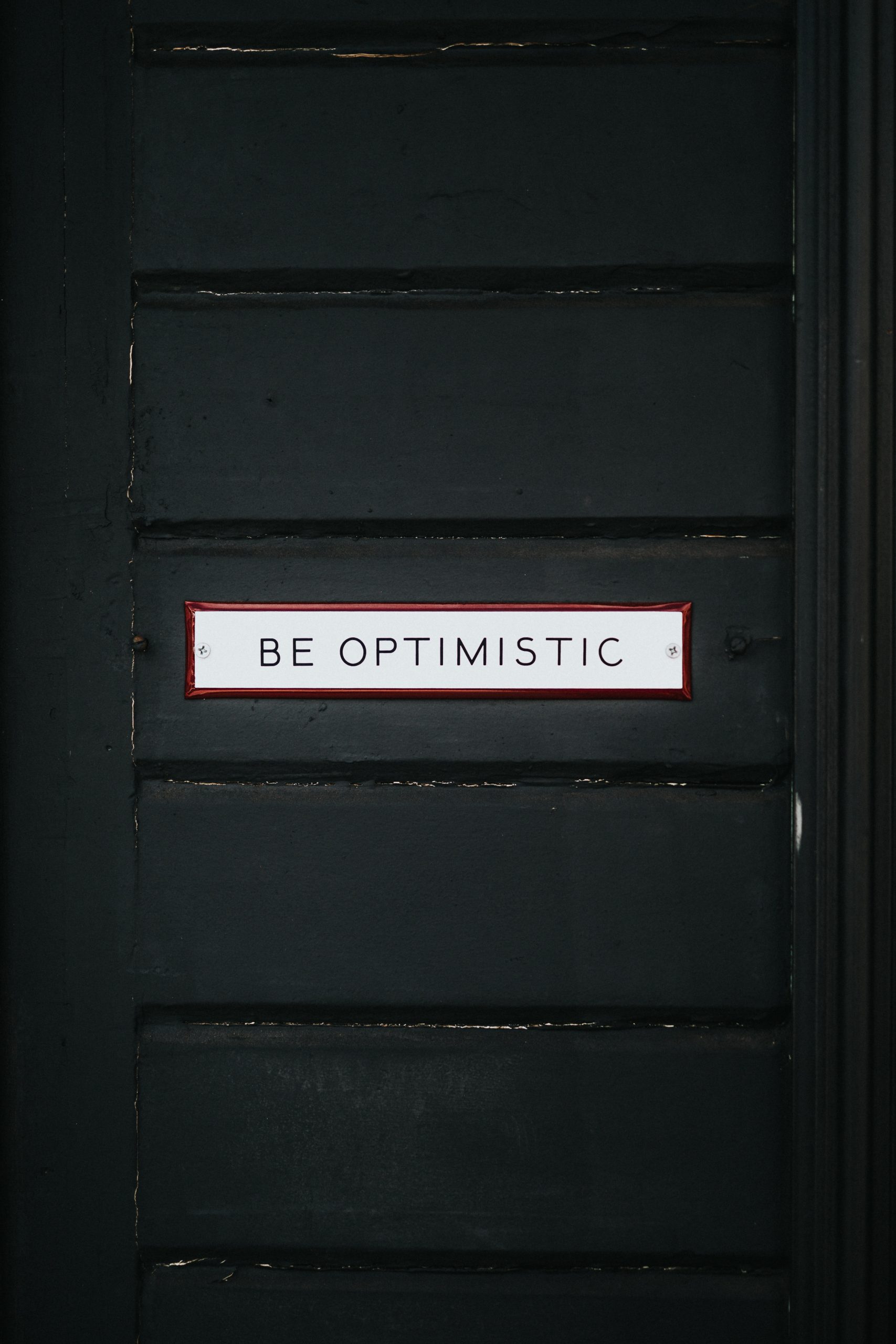Understanding the Waxing Crescent Moon Position: A Guide for Astronomy Enthusiasts
The waxing crescent moon is a fascinating celestial phenomenon that captivates the attention of astronomy enthusiasts around the world. With its delicate crescent shape, this lunar phase signifies the beginning of the moon’s journey towards full illumination.
In this comprehensive guide, we will delve into the details of the waxing crescent moon position, exploring its characteristics, appearance in the sky, and the science behind its formation. So, let’s embark on this lunar exploration and unravel the mysteries of the waxing crescent moon.
What is the Waxing Crescent Moon?
The waxing crescent moon is the phase that occurs when the moon is transitioning from a new moon to a first quarter moon. During this phase, the moon appears as a small, curved sliver, resembling a tilted crescent shape. The illuminated portion of the moon is increasing, but it still covers less than half of the lunar disk.
Observing the Waxing Crescent Moon
The waxing crescent moon is visible shortly after sunset in the western sky. Due to its early appearance, it generally sets a few hours after the sun, presenting an excellent opportunity for stargazers to observe and appreciate its delicate beauty. To maximize your chances of spotting the waxing crescent moon, find a location with an unobstructed view of the western horizon.
When observing the waxing crescent moon, it’s essential to protect your eyes. Using binoculars or a telescope can enhance your experience by allowing you to see more details on the lunar surface. However, be cautious not to stare directly at the sun or use the optical devices without proper solar filters.
The Waxing Crescent Moon and its Position in the Lunar Cycle
The waxing crescent moon marks the early stages of the lunar cycle, which is the period that spans from one new moon to the next. After the moon moves from the new moon position, it slowly becomes visible as a thin crescent. As the days pass, the illuminated portion of the moon grows larger, resulting in the progression towards the first quarter moon phase.
To understand the positioning of the waxing crescent moon in the lunar cycle, we must delve into the relationship between the sun, the moon, and the Earth. When the moon is in the waxing crescent phase, it lies in between the Earth and the sun. The sunlight reflects off the moon’s surface, creating the faint illumination we observe on Earth.
| Moon Phase | Description | Position in Lunar Cycle |
|---|---|---|
| New Moon | Moon is not visible | Beginning of the lunar cycle |
| Waxing Crescent | Small, curved sliver | Transitioning towards the first quarter moon |
| First Quarter | Half of the moon is visible | Midpoint of the lunar cycle |
As the moon moves further along in the lunar cycle, it progresses towards the first quarter moon phase, where half of the moon is visible. The waxing crescent moon, with its delicate crescent shape, acts as a bridge between the new moon and the first quarter moon.
The Science Behind the Waxing Crescent Moon
The waxing crescent moon’s appearance is a result of the moon’s orbital motion around the Earth and its position relative to the sun. During this phase, the angle between the moon and the sun is such that the illuminated portion of the moon is seen as a crescent. The rest of the moon remains in darkness, only faintly lit by the sunlight reflected from the Earth, known as earthshine.
To understand earthshine, imagine yourself on the moon during the waxing crescent phase. Look towards Earth, and you’ll see our planet shining brilliantly in the lunar sky. Some of this Earth’s reflected sunlight bounces back to the moon, softly illuminating the dark side. This subtle glow is what we perceive as the rest of the crescent moon during this phase.
Conclusion
The waxing crescent moon is a visually captivating phase that marks the beginning of the lunar cycle’s progression towards full illumination. Its delicate crescent shape and early appearance after sunset offer stargazers a beautiful celestial spectacle to behold. Understanding the science behind the waxing crescent moon enables us to appreciate the intricate dance of celestial bodies that shape our nights.
So, the next time you catch a glimpse of the waxing crescent moon gracing the evening sky, take a moment to reflect on its place in the lunar cycle and the wonders of our universe.
Table of Contents
